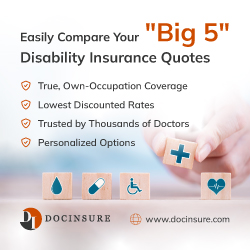The Essentials of Form 5500
If you’re a small business owner doubling as a 401(k) administrator, you’re likely familiar with the IRS Form 5500. This form is an annual requirement for many, particularly those who’ve chosen individual 401(k)s over SEP-IRAs—a strategy I’ve long recommended to physicians. With individual 401(k)s, not only can you contribute up to $69,000 for 2024, but you also avoid complications with Backdoor Roth IRAs.
When is Filing Form 5500-EZ Necessary?
There’s a threshold that dictates whether you need to file Form 5500-EZ: if your individual 401(k) holds less than $250,000 at year-end, you’re off the hook. For those contributing modest amounts annually, it might take decades before filing becomes a requirement. However, for those maximizing contributions—or doing so for both themselves and a spouse—the need to file could arise within three to five years. My own experience saw me filing the 5500-EZ for the first time for the tax year 2016, after starting our plan in 2013.
Who Should Use Form 5500-EZ?
Form 5500-EZ is specifically designed for solo 401(k) plans. According to the IRS, this includes defined benefit pension plans or defined contribution profit-sharing/money purchase pension plans, excluding ESOPs, that:
- Cover only you (or you and your spouse) with full ownership of the business, whether incorporated or not; or
- Cover one or more partners (or partners and their spouses) in a partnership, without providing benefits to anyone else.
DIY Filing: Quick and Cost-Effective
Filling out Form 5500-EZ can be surprisingly straightforward and quick—taking as little as five minutes. It’s certainly not complex enough to warrant the cost of a tax preparer. In an effort to empower individual 401(k) holders, I’ll be guiding you through the process of completing the form, ensuring you can handle this annual task with ease and confidence.

Did you miss our previous article…
https://pardonresearch.com/?p=33804
